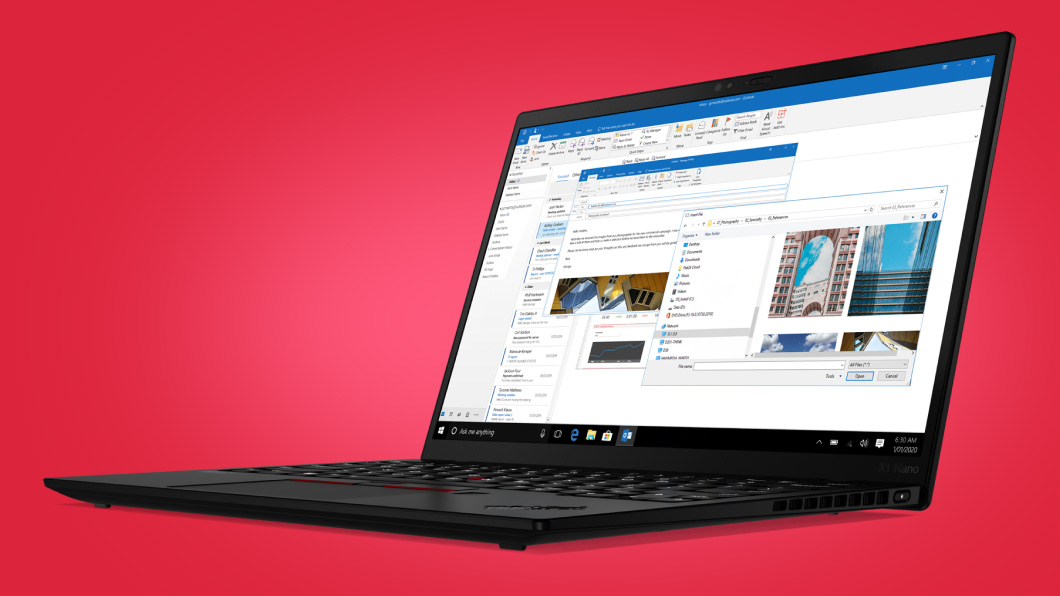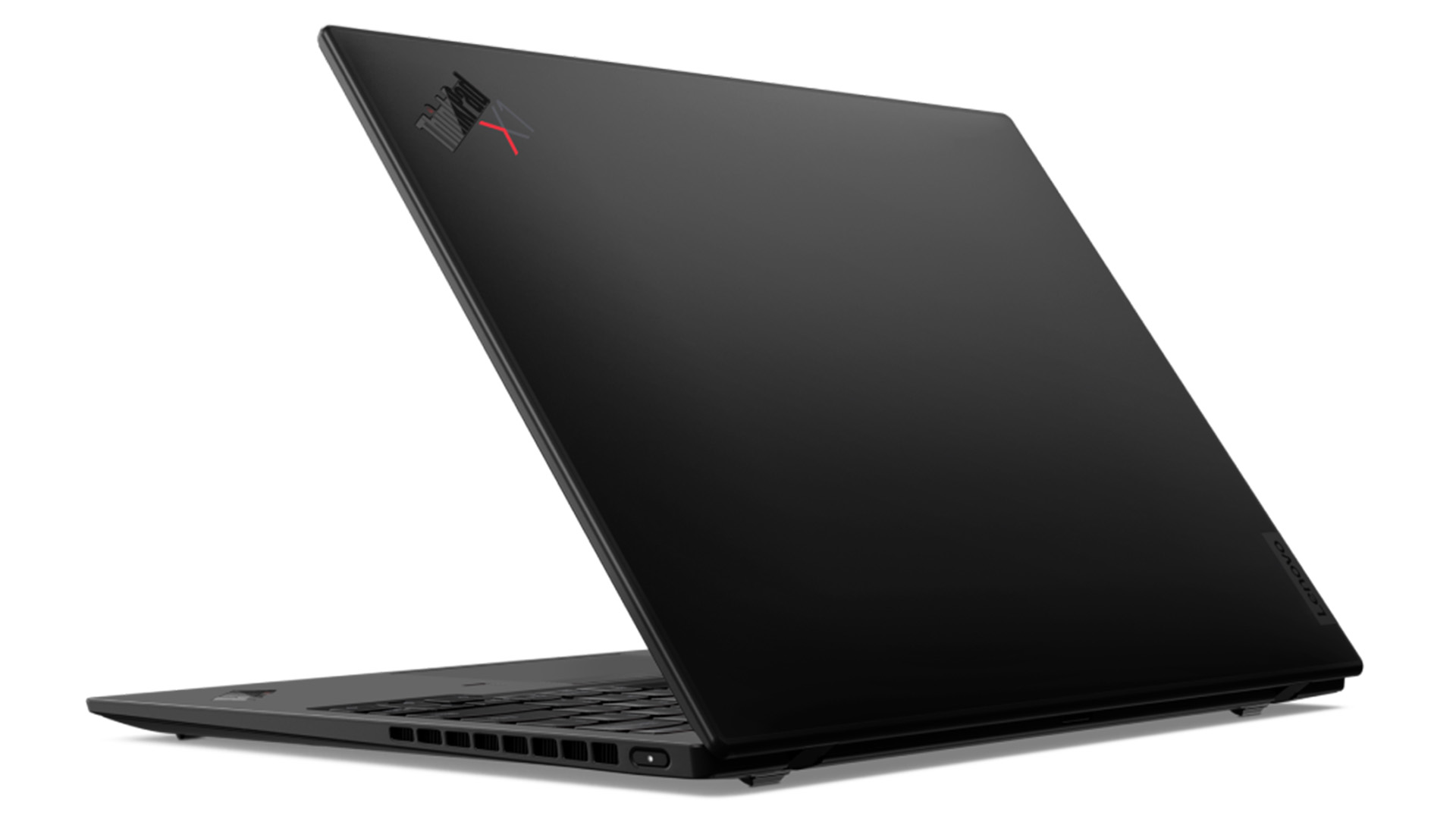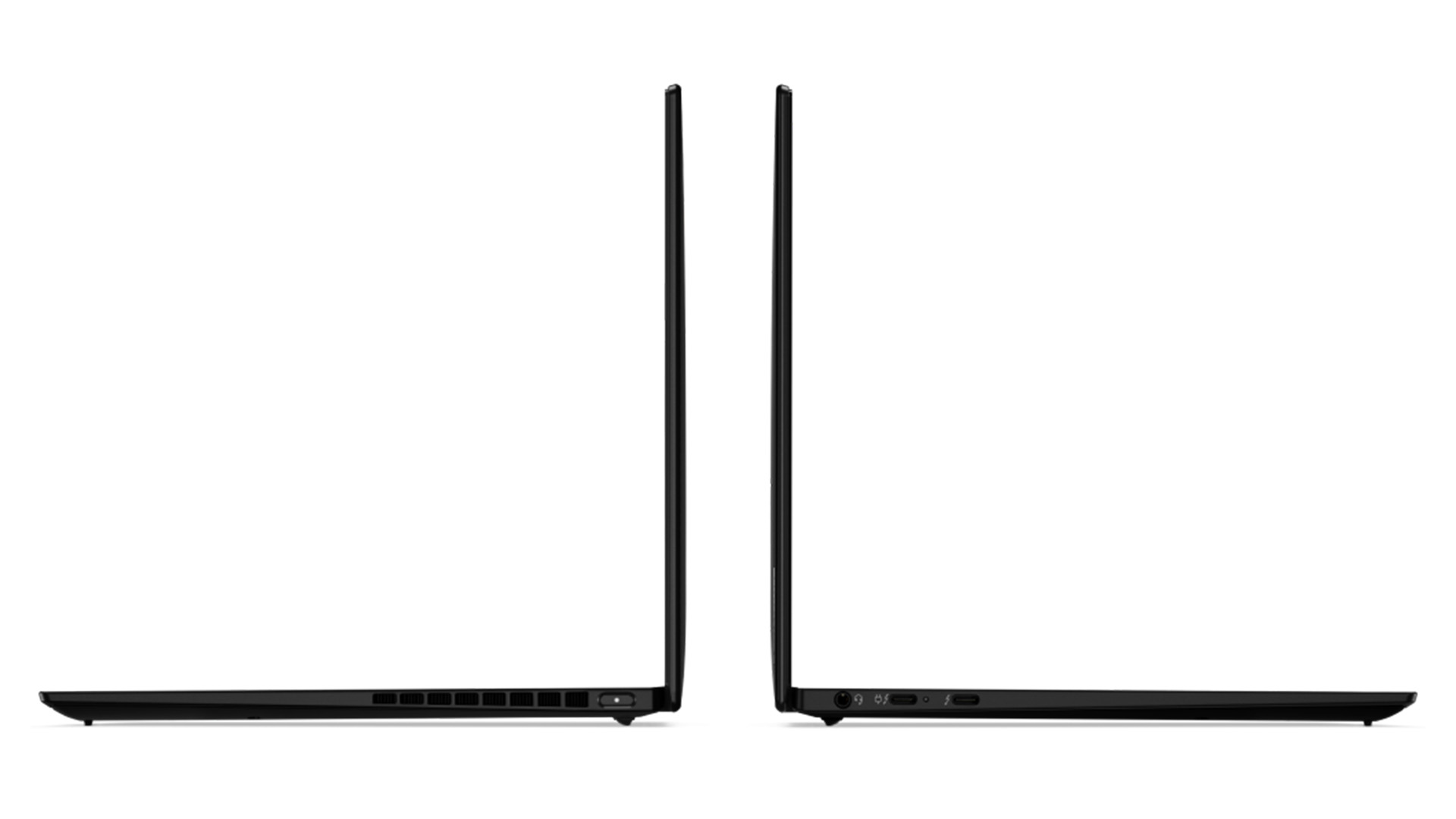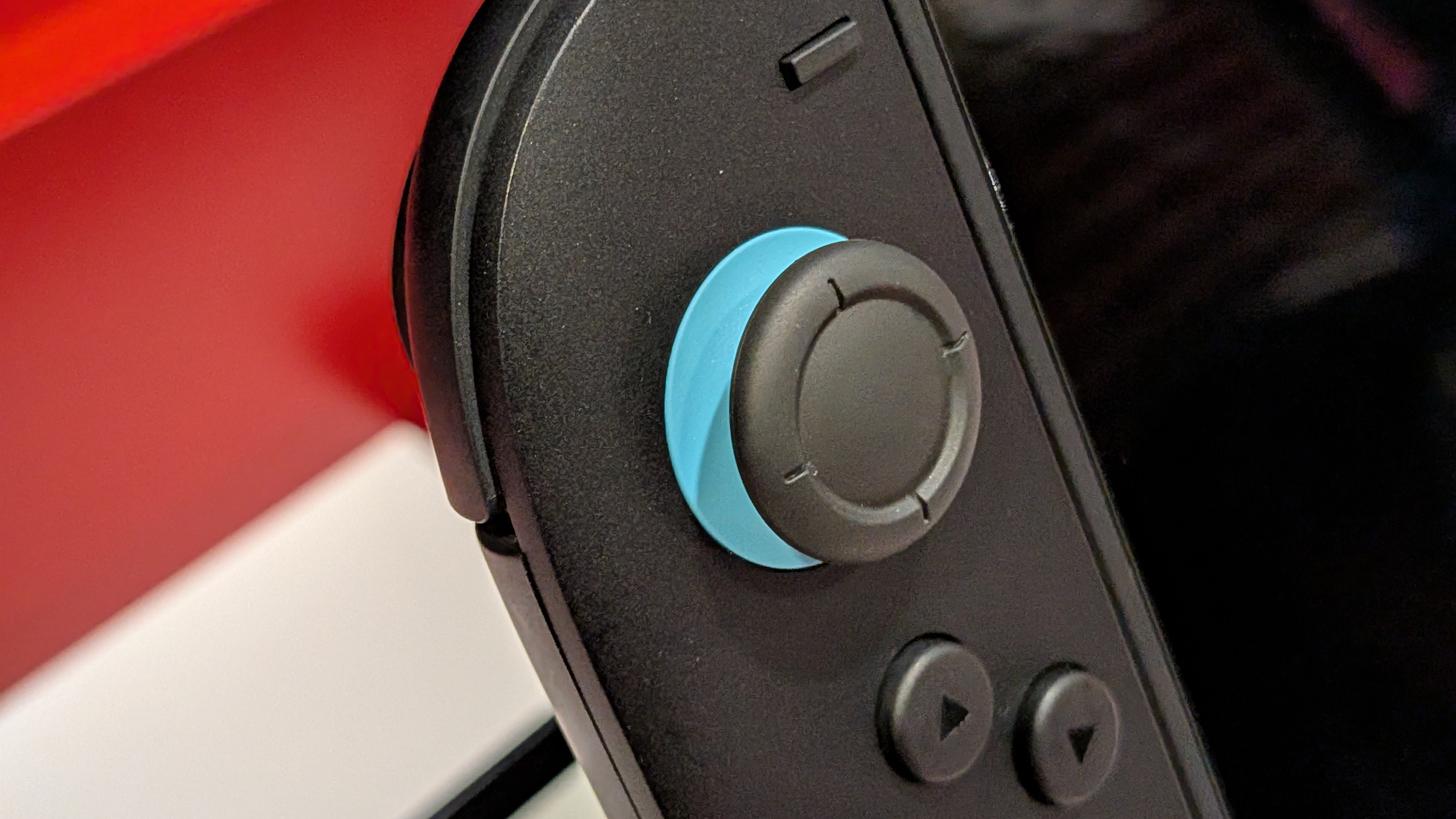Lenovo ThinkPad X1 Nano review: a high-performance laptop in a small package
The Lenovo ThinkPad X1 Nano delivers on power in a lightweight body

The Lenovo ThinkPad X1 Nano has it all: excellent battery life, performance, all in a compact package.
-
+
Thin, light design that still feels robust
-
+
Excellent performance
-
+
Plenty of memory and storage space
- +
-
-
Limited ports
Why you can trust T3

The ThinkPad X1 Nano is the lightest member of the X1 family, weighing just under two pounds (907g), and yet still provides a blistering performance, thanks to the Intel Evo platform and 11th gen processor. It also comes with a touchscreen display option. It's the kind of numbers that make it worthy of our best lightweight laptop guide, despite the old-school ThinkPad styling.
In this review, we put the ThinkPad X1 Nano through its paces, to see just how it handles real-world tasks. This is a toughly fought category, so to beat them the X1 Nano really has to deliver.
Lenovo ThinkPad X1 Nano review: price and availability
The Lenovo ThinkPad X1 Nano was launched in April of 2021, and costs from $1289 / £1639 / AU$2374 direct from Lenovo. The model we reviewed had 16GB of RAM and a 512GB SSD listed at $1751 / £1257 / AU$2258.
Snap up a saving on your order with one of our Lenovo discount codes.

Lenovo ThinkPad X1 Nano review: screen and design
Weighing just a touch under 2lbs (907g) and 0.66 (16.7mm) inches thick, the X1 Nano lives up to the name. The carbon fiber and magnesium chassis feel tough, though, and it should stand up to the rigors of modern life without issues. One nice touch here is that the dot on the i in the ThinkPad logo lights up when the device is in use, or pulses gently when it is sleeping.
The ThinkPad X1 Nano connects to the outside world through a headphone socket and two Thunderbolt 4 ports on the left side, both of which can be used for charging with the included 65-Watt charger. There is no included Thunderbolt to standard USB adapter, but these aren’t expensive. Only having two ports could be limiting – plug in the charger and a phone, and you are out of connections. Most users will probably want to look at getting the Lenovo Thunderbolt 3 dock, which adds plenty more inputs and outputs for use at the home or office.
The 13-inch screen of the X1 is available in both touchscreen and non-touch versions, both of which have 2K resolution and include Dolby Vision support. That’s great for watching Nordic noir on Netflix, as you can really appreciate the contrast between those snowy crime scenes and dark, gloomy police offices. It also has great brightness. We measured it at a maximum of 350 cd/m2, which is bright enough to be seen in all but direct sunlight.
The keyboard of the X1 Nano is also very nice, with a much more positive, dynamic feel than most laptop keyboards. The direction keys are small but are offset from the bottom row of the keyboard, which makes them easier to find. As this is a TouchPad, there is also the red TrackPoint mouse pointer in the middle of the keyboard, which some users love and others hate. Fortunately, below the keyboard is a large, comfortable to use the touchpad with three physical mouse buttons, so you aren’t stuck with just the pointer if it isn’t to your taste.

Lenovo ThinkPad X1 Nano review: performance
The X1 Nano is built around an 11th Gen Intel Core i7 processor, a quad-core chip that runs at 1.8GHz, but which can boost one of the cores up to 4GHz under heavy load. We tested the 1.8GHz model, which still had excellent performance for tasks from web browsing to light video editing. We did find, however, that it gets a little warm when cranking away at a difficult task, and the fan that ejects the hot air from the left side of the bottom case is a little noisy when things get going.
The X1 Nano achieved a PC Mark 10 score of 4768, which puts it a step above similar ultra-lite laptops like the Dell XPS 13 with a score of 4241. Our test unit also came with 16GB of DDR4 RAM, which helps to boost test scores; the cheaper models come with just 8GB of RAM.
We also found that the battery life was pretty great. Running the battery benchmark of PC Mark 10, the X1 Nano kept on going for 12 hours and 4 minutes. Even with the more demanding modern office battery benchmark, which simulates a typical office workload of spreadsheets, video conferencing, and other such shenanigans, it still kept going for just over 10 hours. That should be enough to cover even the longest workdays.
3D gaming was a little beyond this laptop, though. The integrated Intel Xe graphics managed a 3D Mark score of 1126. That isn’t hideous, but it means that it isn’t fast enough to handle most modern 3D games: you are going to get less than 30 frames per second in most games, even at 1080P resolution. So, a 3D gaming machine it ain’t.

Lenovo ThinkPad X1 Nano review: price and verdict
The X1 Nano is a compelling package. It’s a small, light and compact package that packs a surprising punch. Although it can’t handle gaming, it would chew through most modern office tasks without breaking a sweat. The screen is bright, the keyboard is great and the battery life is excellent. The only thing that gives us pause is the price: at $1499 and up, it is at the top of the price range for ultra-lite laptops. But for the modern go-getter who wants to run recursive analysis during the day and watch Netflix in the evening, it will be worth the investment.
Lenovo ThinkPad X1 Nano review: also consider
There are a number of premium laptops available that might be good alternatives to the X1 Nano, but the strongest contender by far is the Dell XPS 13. This shares a number of design cues with the X1 Nano, including magnesium construction, a limited number of ports and a 13-inch screen. It has a shorter battery life, though. To be fair, that is partly thanks to the inclusion of a 4K screen in our review unit: the option with the 2K screen has better battery life, but still less than the X1 Nano.
If you aren’t tied to Windows, the latest Apple Macbook Air (M1, 2020) may be a good alternative. It offers similar performance and excellent battery life and is about the same weight for a portable package. Plus, most apps that run on Windows are also available for Mac OS. It is also a little cheaper, as the base models start at $949/999/AU$1,599.
Sign up to the T3 newsletter for smarter living straight to your inbox
Get all the latest news, reviews, deals and buying guides on gorgeous tech, home and active products from the T3 experts
Richard Baguley has been writing about technology since the 1990s, when he left a promising career in high finance to work on Amiga Format magazine for Future. It has been downhill for him ever since, writing for publications such as PC World, Wired and Reviewed.com. He has tested gadgets as diverse as 3D printers to washing machines. For T3, he covers laptops, smartphones, and many other topics. He lives near Boston in the USA with his wife, one dog, and an indeterminate number of cats.
-
 Nintendo Switch 2 tariff woes continue – here's how much it could cost you
Nintendo Switch 2 tariff woes continue – here's how much it could cost youExperts claim the Switch 2 will continue to be affected by Trump's tariffs – even as much as 145%
By Rik Henderson Published
-
 This one-day Apple Watch challenge could earn you a secret (non-virtual) reward
This one-day Apple Watch challenge could earn you a secret (non-virtual) rewardApple is now handing out animated trophies and real-life pins if you do a bit of exercise
By Matt Kollat Published
-
 Google Pixel Watch 4 renders show a welcome design change
Google Pixel Watch 4 renders show a welcome design changeAnd one we're less thrilled about
By Britta O'Boyle Published